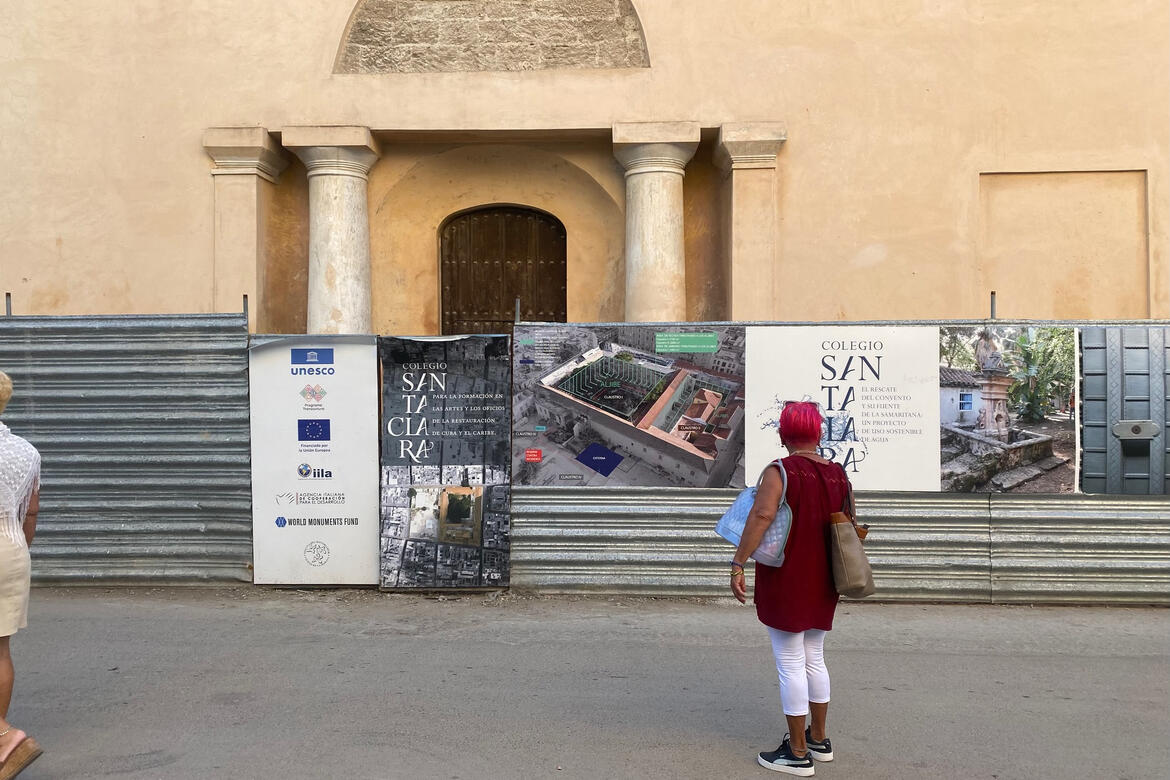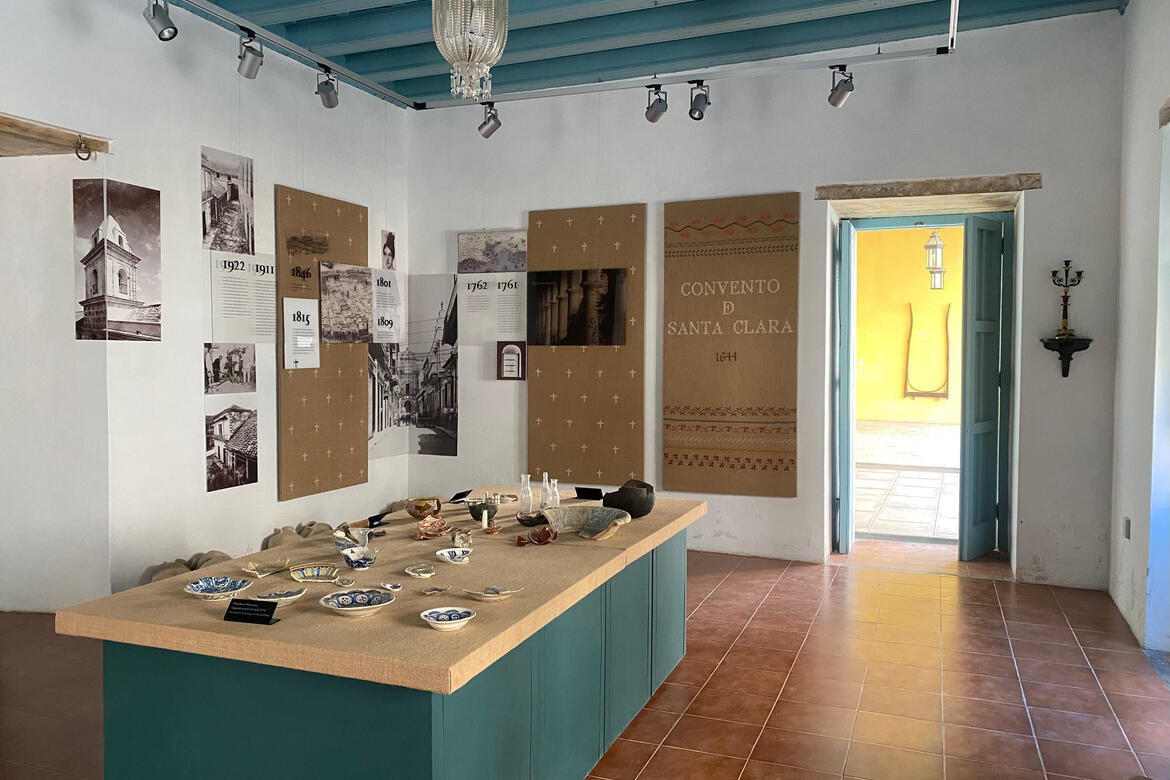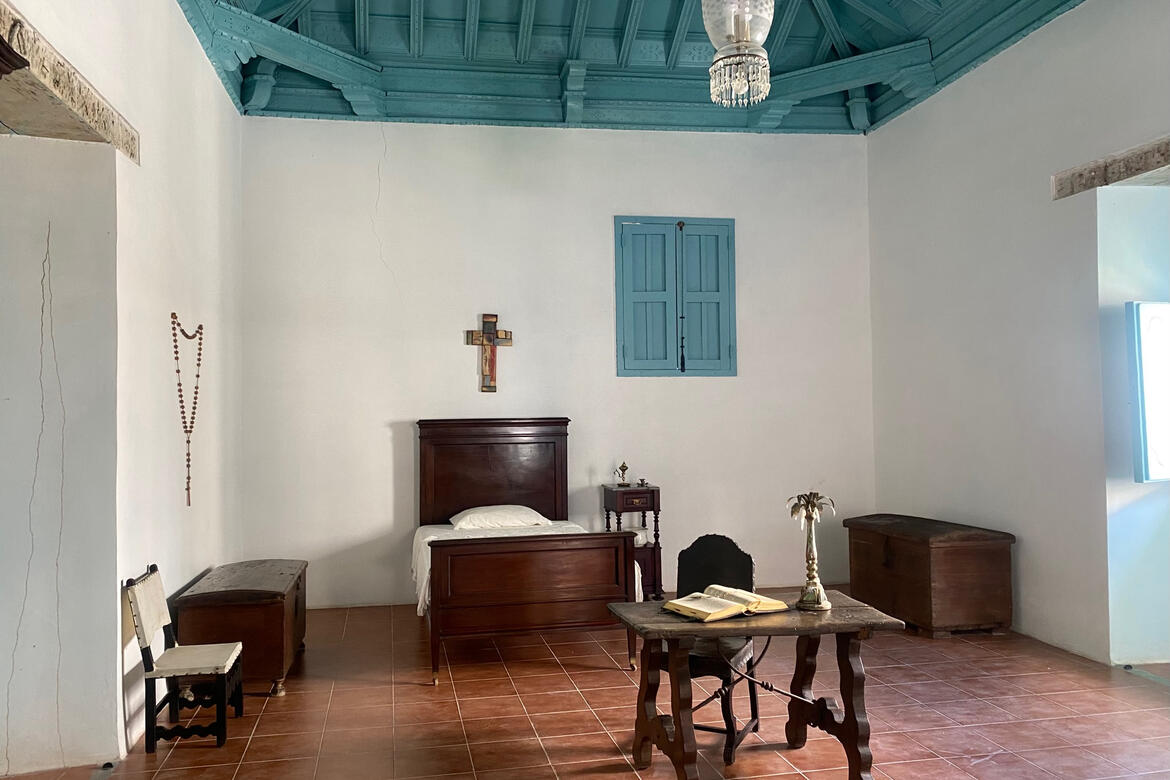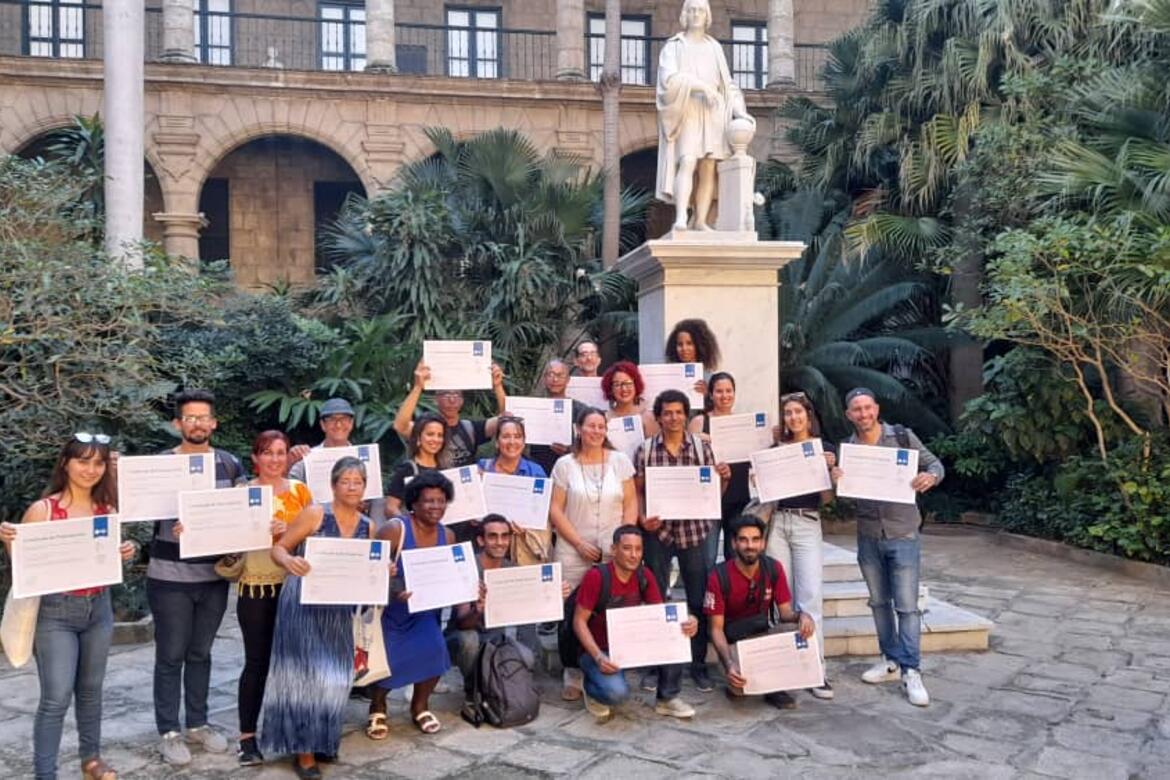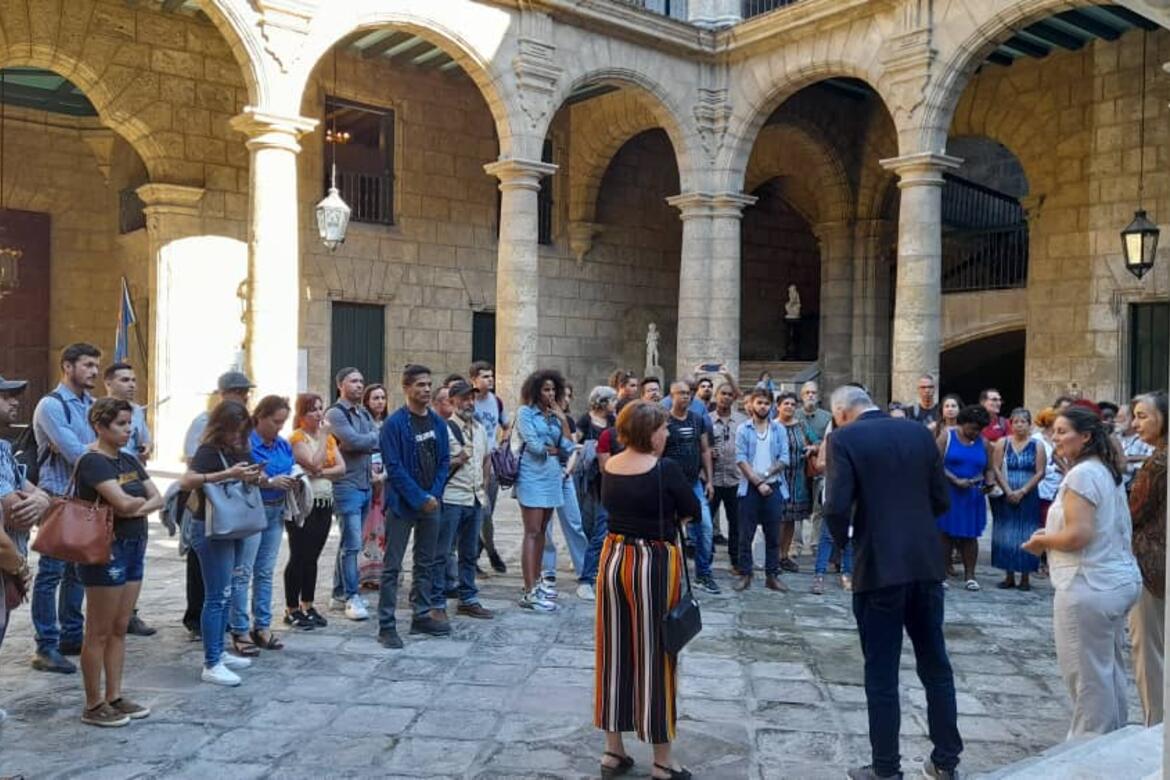International Cooperation Marks the Restoration of the Santa Clara Convent in Cuba
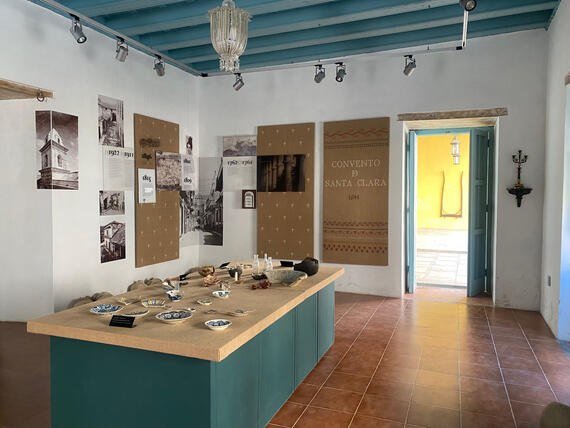
In its almost 400 years of existence, the Convent of Santa Clara of Assisi has had many lives. Founded as the first nunnery in Havana, Cuba, the building has served as a military hospital, a government storage space, and the offices of the Ministry of Works. When the convent was first included on the World Monuments Watch in 1996, it was in the hopes that the complex could play yet another role: catalyst for the regeneration of the Cuban capital's historic center. It later became the headquarters of the Centro Nacional de Conservación, Restauración y Museología (CENCREM) but was abandoned in 2012, when the center was dissolved.
With four cloisters spanning an entire city block, the complex is an important example of Spanish colonial architecture in the heart of Old Havana. The elegant, coffered ceilings and timber truss roof of the church reflect the influence of the Mudéjar style imported from Spain. And given its goal of restoring one of the cloisters as a center for education in conservation, the project at Santa Clara would support the future conservation of other treasured heritage sites in the neighborhood.
To do so, however, the structure had first to be stabilized. A key part of World Monuments Fund’s (WMF) role in the project was assisting in the procurement of structural timber and roof tiles for the restoration of the church’s ceiling and roof, as well as equipment for the enhancement of the newly created Site Museum, navigating the bureaucracy of the Blockade as it did so.
Our work at Santa Clara culminated in February with two workshops on stone and mural conservation respectively by experts from Mexico and Spain, a testament to the international cooperation and exchange of expertise that has always been at the heart of the project. The workshops, which engaged 52 local professionals with the objective of building local capacity and aid professional development, drew on examples from a diverse range of heritage, from baroque churches to Maya wall paintings, and included material related to dealing with the conservation challenges posed by a humid climate.
With the scope of our work with the project completed, WMF hopes that the cloister, when its restoration is completed, will become a hub for conservation training in the Caribbean and contribute to positive relations between the U.S. and Cuba in the realm of preservation.
Learn More
World Monuments Fund safeguards cultural heritage around the globe, ensuring our treasured places are preserved for present and future generations.
Sign up for our newsletter to receive regular updates on our projects, stories from the field, upcoming events, and more!
![]()

